10 “Healthy” Foods That Aren’t So Great And 10 Global Superfoods You Should Be Eating
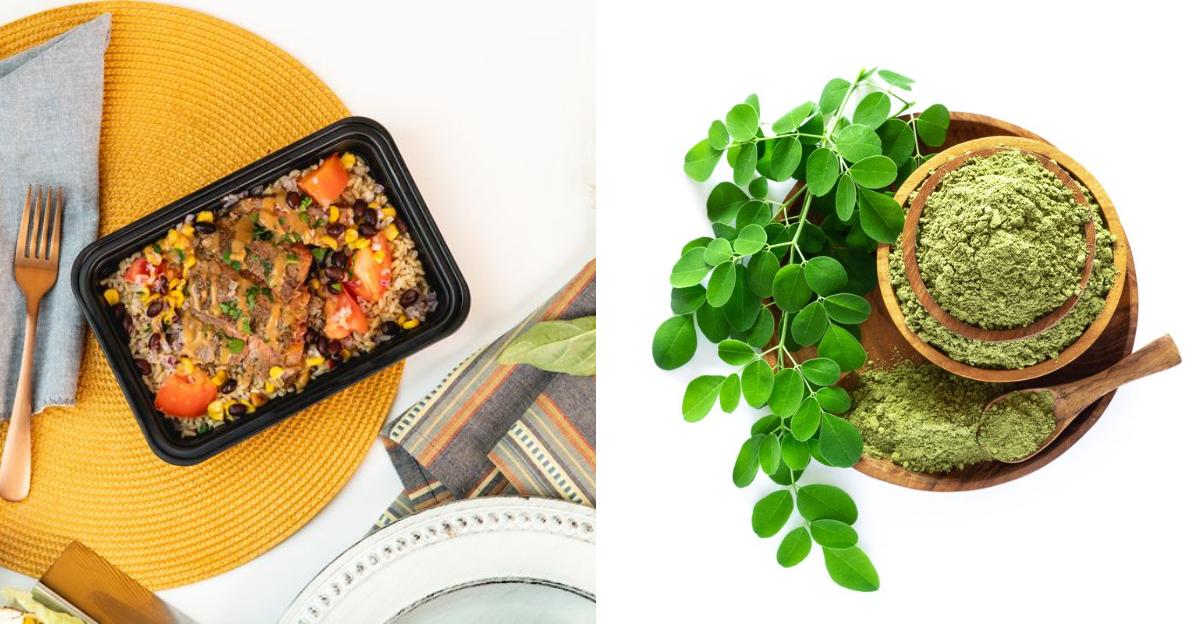
Embark on a culinary journey exploring the misconception of certain foods labeled as ‘healthy’ alongside their truly nutritious counterparts from around the globe. This guide delves into the hidden truths behind 10 commonly misconceived health foods and introduces you to 10 global superfoods that can enhance your diet, promoting better health and well-being. Unravel the mystery and make informed choices by understanding both the pitfalls and the benefits hidden within your daily dietary choices.
1. Flavored Yogurt

Flavored yogurt may seem like a healthy choice, but hidden beneath its creamy texture lies a sugary secret. Most flavored yogurts on the market contain high amounts of added sugars, often overshadowing their probiotic benefits. While the probiotics are meant to aid digestion and promote gut health, the sugars can lead to energy spikes and crashes.
Ironically, the sweetness that makes these yogurts appealing can counteract the very health benefits they promise. Consider opting for plain yogurt, adding fresh fruits or honey, for a genuinely wholesome treat. Read labels carefully to make wise selections.
2. Granola

Granola is often marketed as a wholesome breakfast or snack, but its reality can be more deceptive. Laden with sugars, oils, and calories, granola disguises itself as a healthy option. While oats, nuts, and seeds offer nutritional value, the sugar and oil used for binding can significantly increase the calorie count.
This makes granola less ideal for those looking to maintain or lose weight. Opting for homemade versions allows control over ingredients, ensuring a balance of taste and health. The truth is in the label; scrutinize ingredients for a transparent view.
3. Veggie Chips
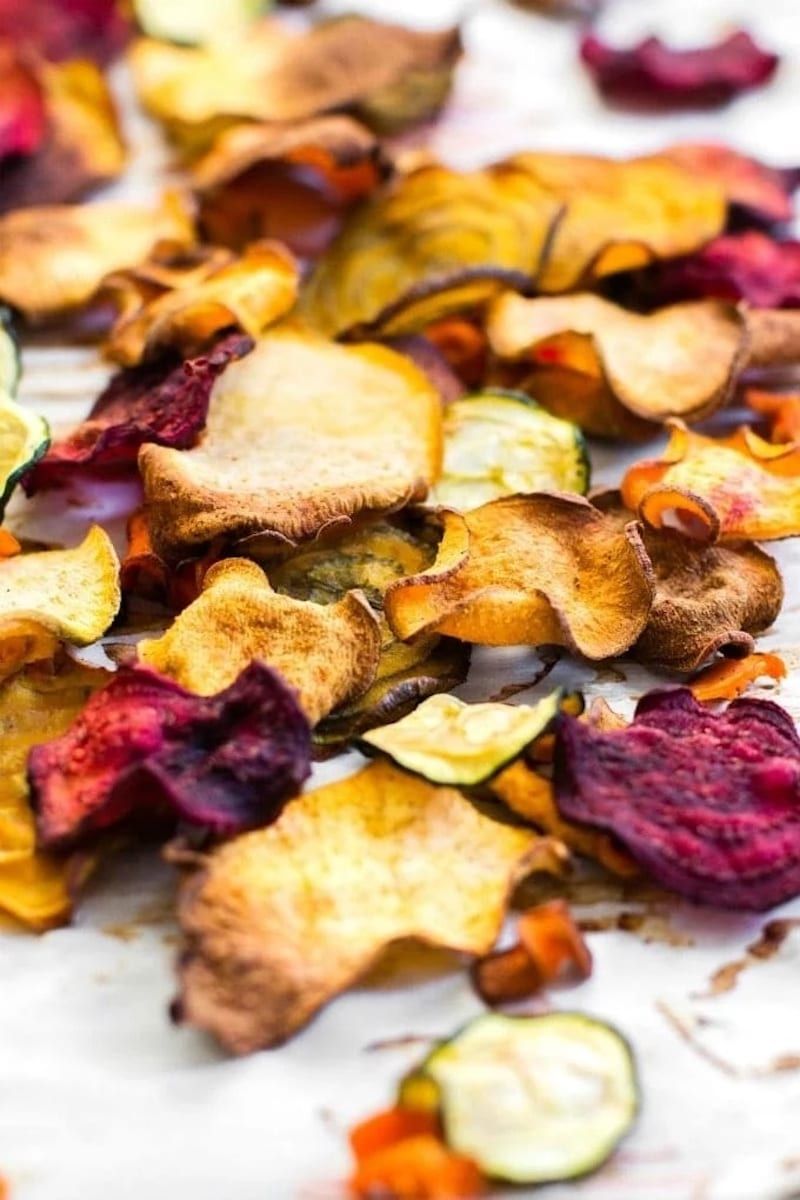
Veggie chips present themselves as a healthier alternative to regular chips, but reality often tells a different story. While these chips are marketed as a serving of vegetables, they often consist mainly of potato starch with a sprinkling of vegetable powder. This misleading representation provides little to no nutritional benefit.
The vibrant colors and catchy marketing can easily deceive consumers into believing they are making a healthier chip choice. Instead, consider snacking on raw vegetables or baking your own chips at home to ensure you’re getting true nutritional value.
4. Protein Bars
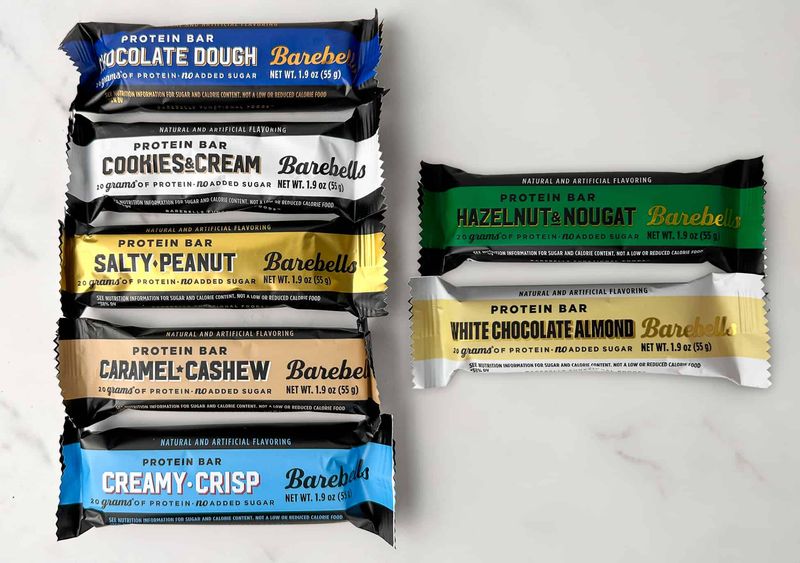
Protein bars are often seen as the ideal snack for fitness enthusiasts, but many contain more sugar and artificial ingredients than protein. Some bars bear a closer resemblance to candy than a health food, with sugars overshadowing their protein content.
Although convenient, these bars may not provide the balanced nutrition they advertise. Opt for bars with natural ingredients or make your own, ensuring a clean and wholesome source of protein. It’s crucial to check the back of the package, not just the front, to truly understand what you’re consuming.
5. Reduced-Fat Peanut Butter

Reduced-fat peanut butter might sound like a healthier alternative, but it often sacrifices healthy fats for added sugars and fillers. While the fat content is lower, these fats are usually the beneficial kind found in nuts.
The reduction can lead to a less satiating product, encouraging additional consumption. A better option might be natural peanut butter, which maintains its wholesome ingredients without the unnecessary additives. By understanding the contents, consumers can make informed decisions that align with their health goals and enjoy the true benefits of this beloved spread.
6. Bottled Green Juices
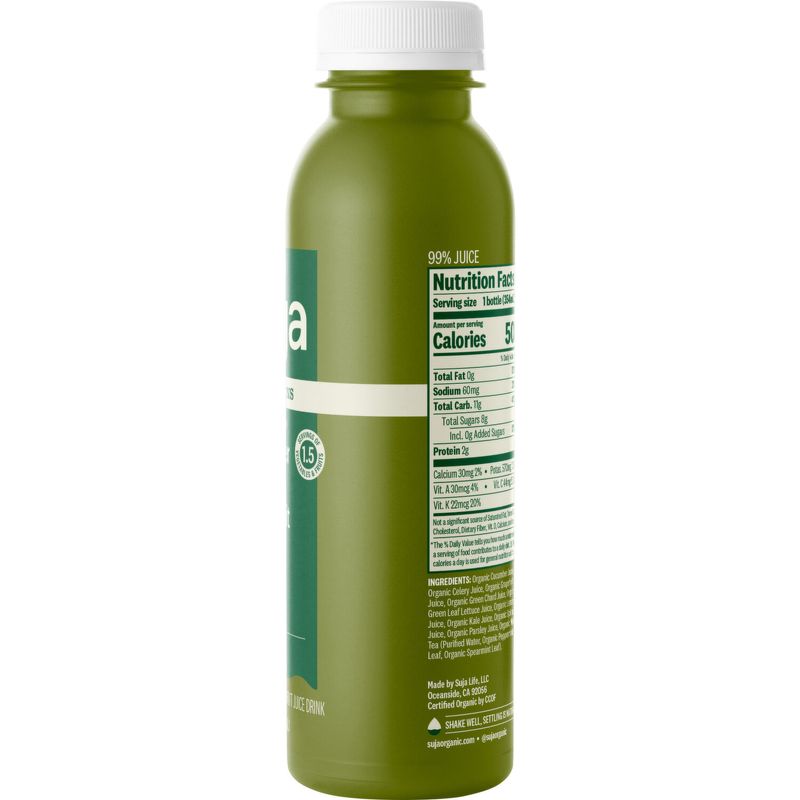
Bottled green juices, though visually appealing and seemingly healthy, can be deceiving. Often packed with fruit sugars, these juices lack the fiber present in whole fruits and vegetables. The loss of fiber during processing means a less satisfying and less nutritious drink.
The vibrant green color can falsely signal a vegetable-rich content, but the reality is often more fruit-based. For a genuinely healthy option, blend your own juices at home, including the pulp, to retain fiber and maximize nutritional benefits. Being aware of the sugar content is key to making better choices.
7. Frozen Diet Meals
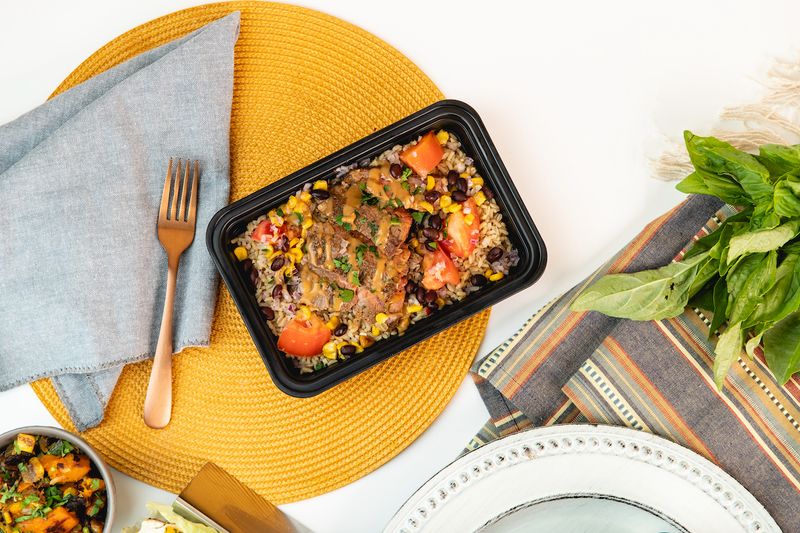
Frozen diet meals promise convenience and calorie control, but they may fall short on nutrition. While these meals are designed to be low in calories, they often compensate with high sodium and preservatives, impacting overall health.
The allure of a quick and easy meal can overshadow the need for real nutrition and flavor. Homemade meals with fresh ingredients can offer a tastier, healthier alternative without the added chemicals. Understanding what goes into these meals is crucial for maintaining both health and flavor in your diet.
8. Multigrain Bread
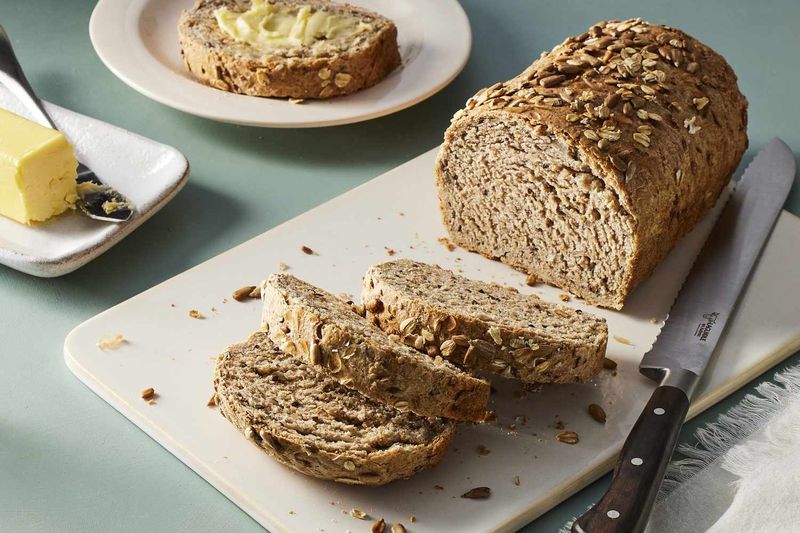
Multigrain bread often carries the illusion of being a healthful choice, but appearances can be misleading. Unless labeled as 100% whole grain, many multigrain breads consist mainly of refined white flour with only a sprinkling of whole grains.
This can result in a bread that lacks the fiber and nutritional benefits associated with whole grains. For a true health boost, seek out bread that explicitly states its whole grain content, ensuring each slice provides genuine benefits. The label often holds the truth, guiding better bread choices.
9. Gluten-Free Snacks
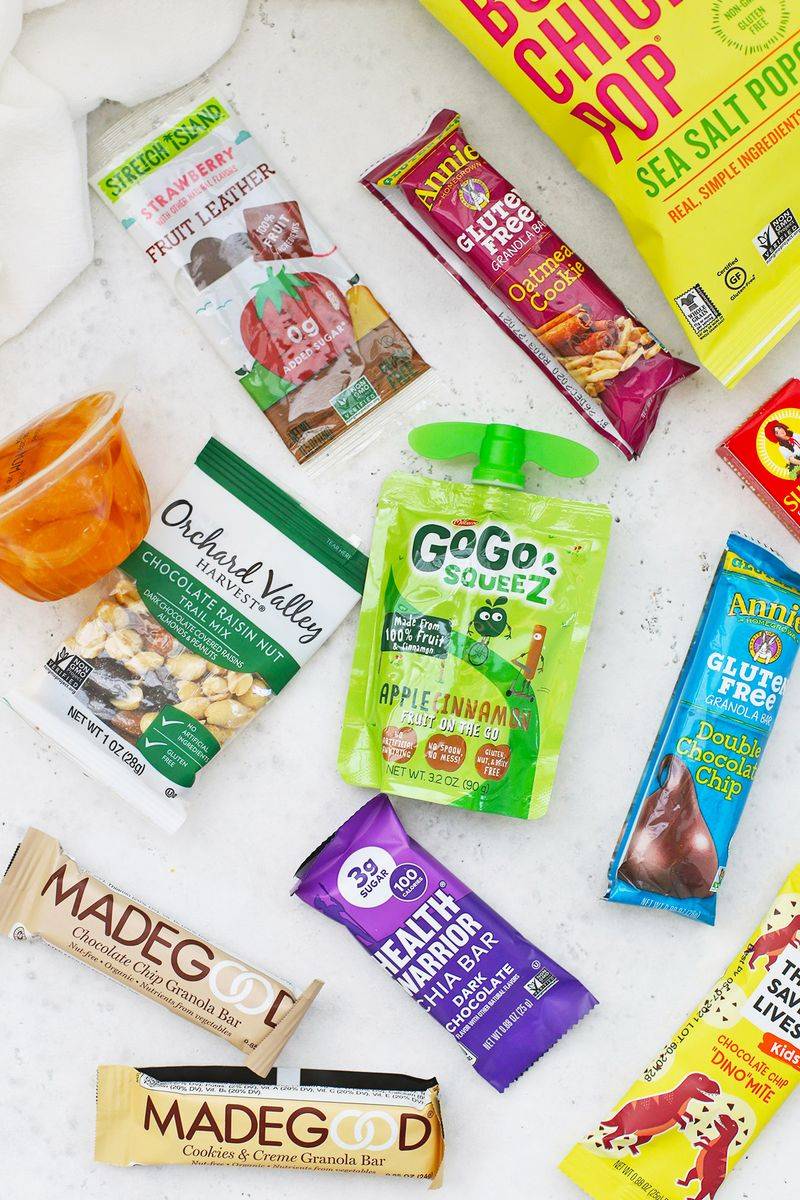
Gluten-free snacks have gained popularity, but their marketing can mask unhealthy ingredients. While free from gluten, these snacks often contain high amounts of sugar and processed starches, providing little nutritional benefit.
The absence of gluten doesn’t automatically translate to a healthier choice. Consumers should focus on the overall ingredient content rather than just the gluten-free label. Creating homemade snacks from wholesome ingredients can provide a tastier, healthier alternative. By understanding the full ingredient list, one can enjoy snacks that align with health goals.
10. Smoothie Bowls
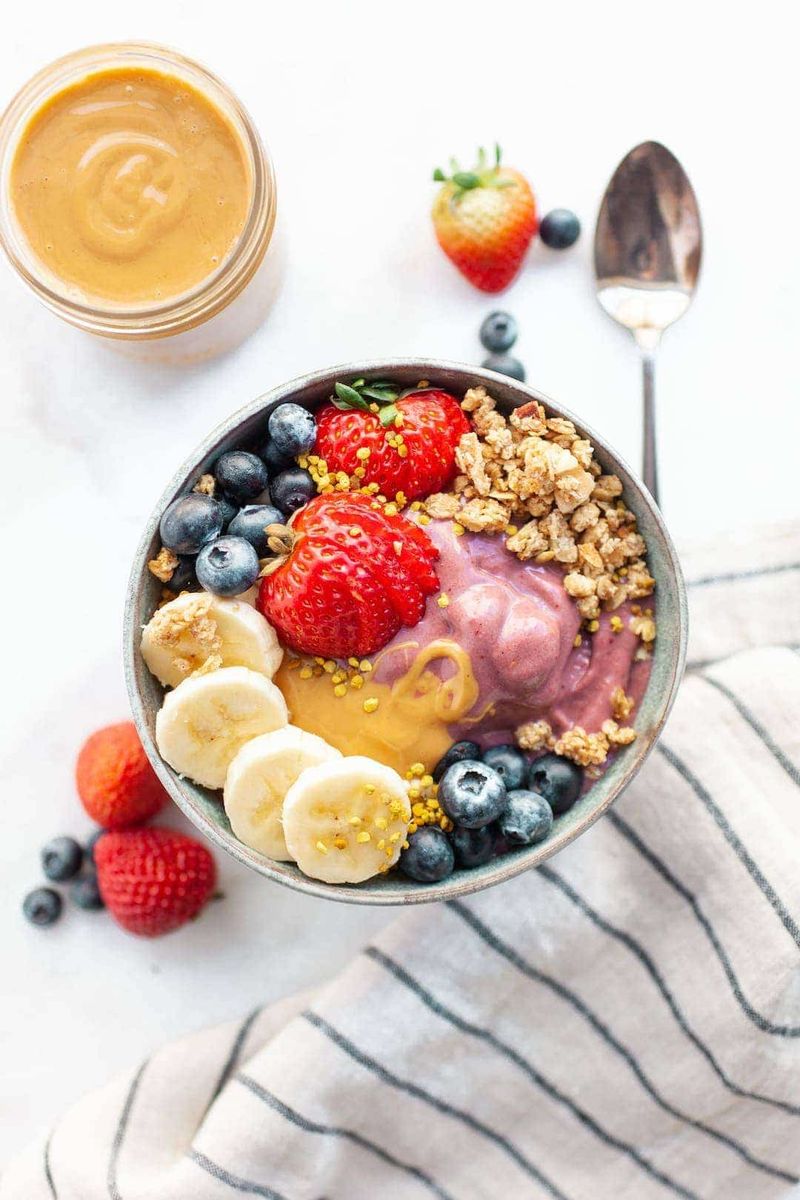
Smoothie bowls captivate with their vibrant colors and artistic presentation, but they can carry hidden sugars. Often loaded with sweetened yogurts, granola, and excessive fruits, these bowls push sugar levels higher than anticipated.
The visual appeal can overshadow the fact that they might not be as healthy as they appear. Creating smoothie bowls at home allows for control over sugar content, ensuring a genuinely nutritious and delicious meal. By focusing on balance and moderation, one can enjoy a tasty treat without the hidden drawbacks.
11. Moringa (Africa, South Asia)
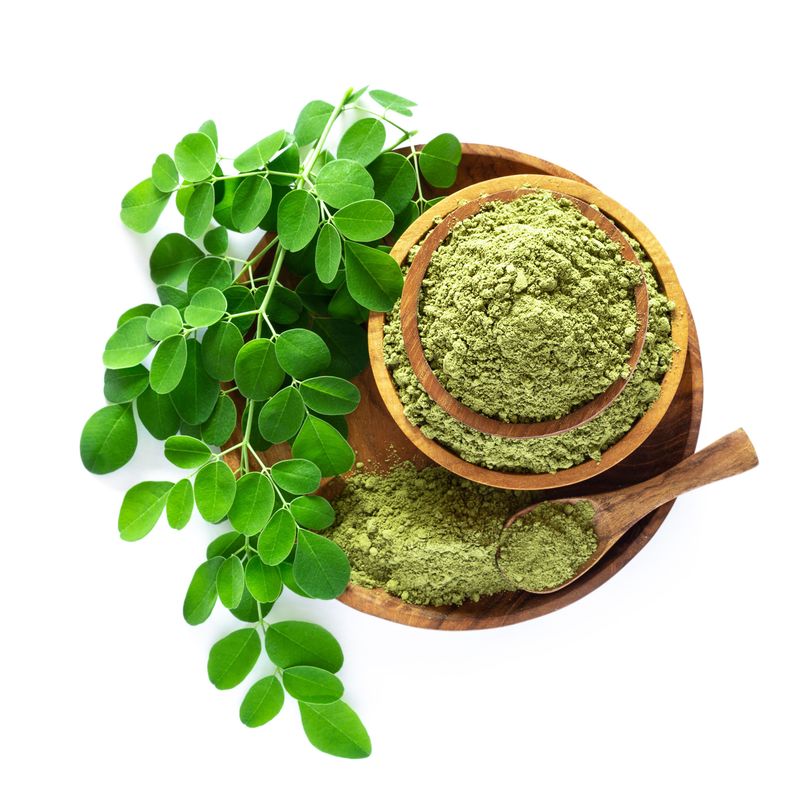
Moringa, often hailed as the “miracle tree,” is rich in vitamins, minerals, and antioxidants. Found in parts of Africa and South Asia, it supports inflammation reduction and boosts immunity. The leaves can be consumed fresh or as a powder, enhancing meals with its nutritional power.
Moringa’s unique properties make it a versatile ingredient for soups, teas, and smoothies. Its popularity is growing globally, as more discover its health benefits. Adding moringa to your diet can be a simple yet effective way to enhance overall wellness, proving that miracles do exist in nature.
12. Seaweed (Japan, Korea)
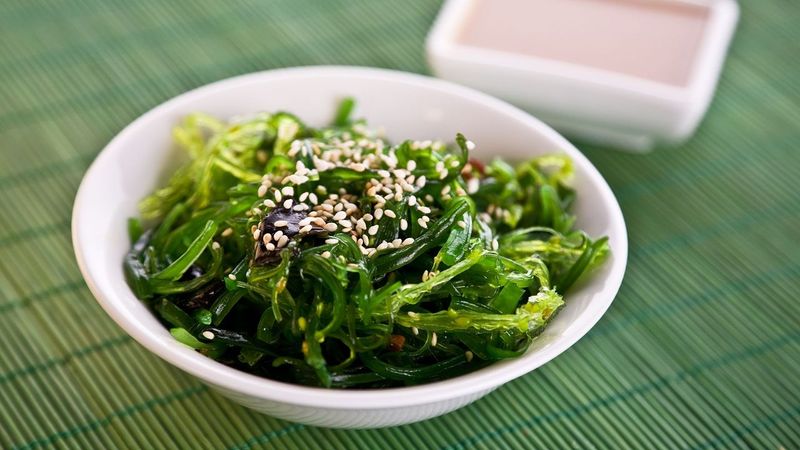
Seaweed, a staple in Japan and Korea, is a nutritional powerhouse packed with iodine, fiber, and anti-inflammatory compounds. Known for supporting thyroid health, it also aids in digestion and boosts overall nutrient intake.
The versatility of seaweed allows it to be used in salads, soups, or as a sushi wrap, offering both flavor and health benefits. As global interest in this superfood grows, incorporating seaweed into your diet can introduce new textures and tastes. Understanding its nutritional value helps make informed dietary choices that support health and wellness.
13. Camu Camu (Amazon Rainforest)

Camu Camu, a small berry from the Amazon Rainforest, is celebrated for its extremely high vitamin C content. This potent berry acts as a powerful immune booster, aiding in overall health maintenance. Often consumed as a powder, it can be added to smoothies or juices for a nutrient-rich punch.
Its tart flavor complements a variety of dishes, providing both taste and health benefits. Camu Camu’s growing popularity underscores the value of incorporating diverse superfoods into our diets. By embracing this vibrant berry, one can enhance well-being naturally and deliciously.
14. Chia Seeds (Mexico, Central America)
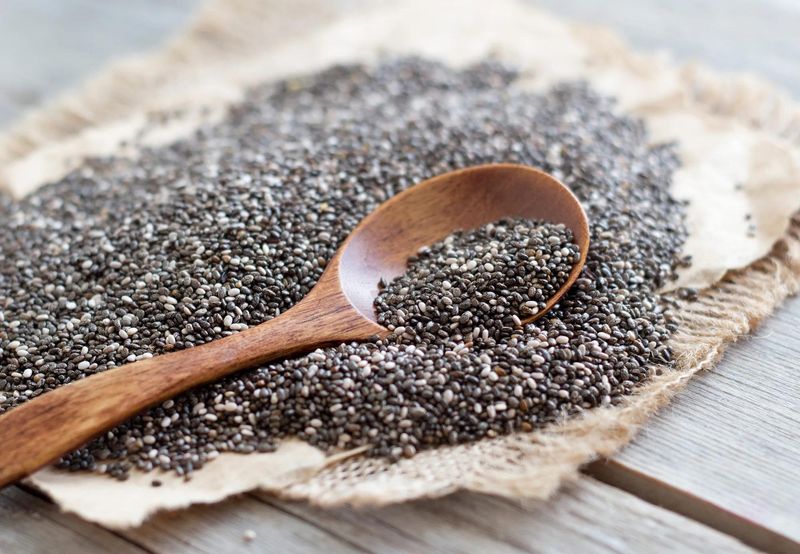
Chia seeds, native to Mexico and Central America, are small but mighty. They are loaded with omega-3 fatty acids, fiber, and protein, making them perfect for heart health and digestion. These seeds can be easily incorporated into diets by adding them to puddings, smoothies, or baked goods.
When soaked, chia seeds expand, creating a gel-like texture that adds interest to dishes. Their health benefits and versatility make them a popular choice for those seeking to enhance their diets naturally. Including chia seeds can be a simple step towards improved nutrition.
15. Turmeric (India)
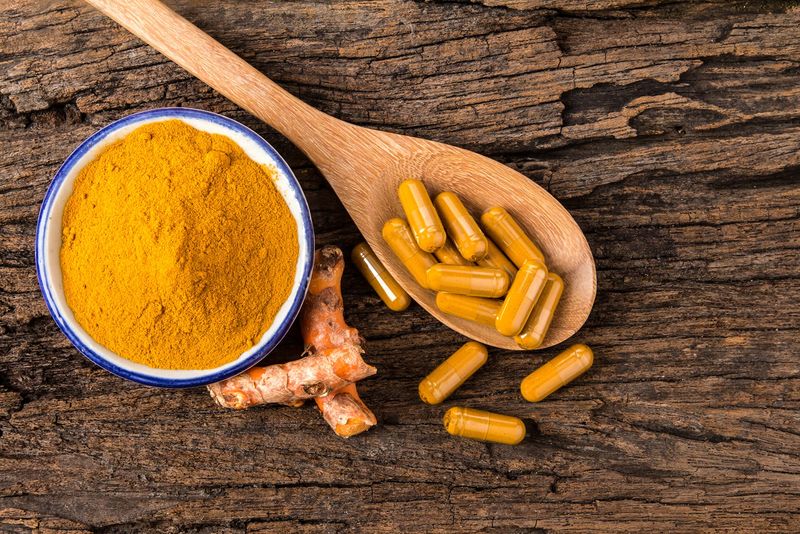
Turmeric, a golden spice from India, boasts powerful anti-inflammatory and antioxidant properties, primarily due to curcumin. Widely used in cooking and traditional medicine, it enhances both flavor and health benefits in various dishes.
Beyond its culinary uses, turmeric is celebrated for its potential to improve joint health and support the immune system. Its vibrant color and distinct flavor make it a beloved ingredient worldwide. Regularly including turmeric in your diet can contribute to overall well-being, illustrating the profound impact of spices beyond the kitchen.
16. Amaranth (South America)

Amaranth, an ancient grain from South America, is naturally gluten-free and rich in protein and fiber. Its nutty flavor and versatile nature allow it to be incorporated into various dishes, from porridges to salads.
The grain’s high nutrient content makes it a valuable addition to a balanced diet, supporting digestion and providing essential vitamins and minerals. Amaranth’s role in ancient cultures underlines its longstanding value as a superfood. By integrating amaranth into modern diets, one can enjoy both taste and nutrition, celebrating its historical significance.
17. Black Garlic (Korea)
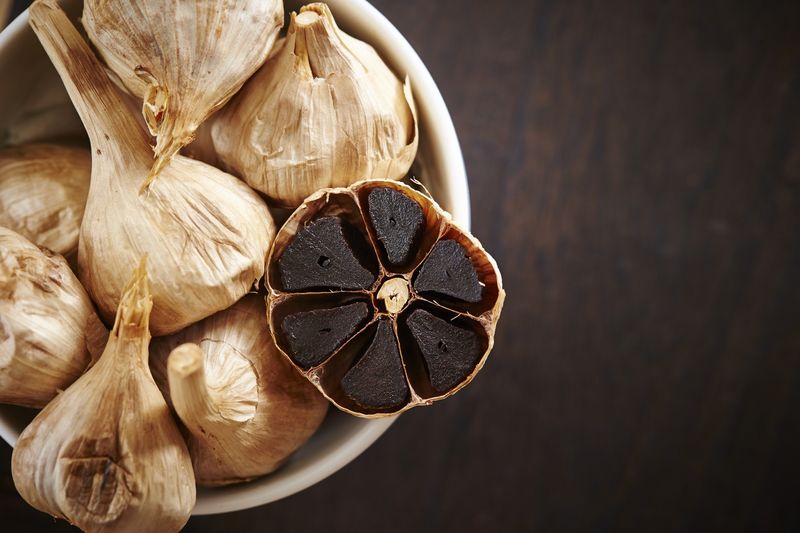
Black garlic, a delicacy from Korea, undergoes a fermentation process that enhances its sweetness and antioxidant levels. This transformative journey results in a rich, complex flavor and superior health benefits compared to raw garlic.
Its versatility in culinary applications makes it a favorite among chefs and home cooks alike. Black garlic’s unique properties promote heart health and provide immune support. Incorporating this superfood into dishes can elevate both taste and nutrition, offering a sophisticated twist to everyday meals.
18. Sacha Inchi (Peru)
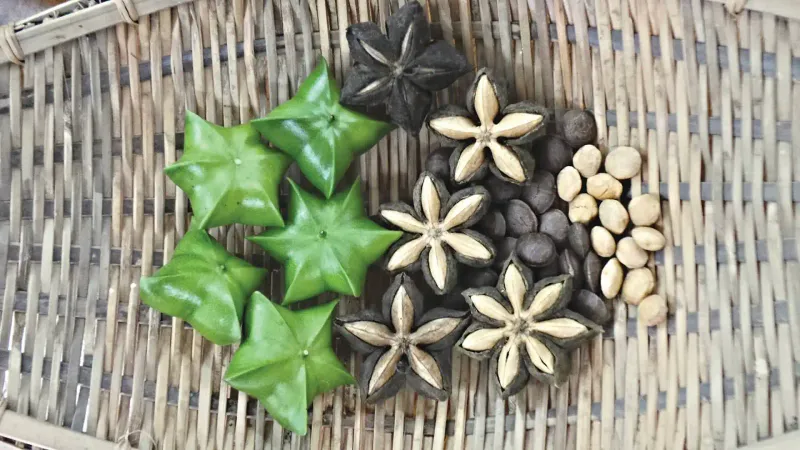
Sacha Inchi, also known as Inca peanuts, is a remarkable seed from Peru, rich in omega-3 fatty acids, protein, and fiber. This superfood supports heart health and aids in weight management, making it a valuable addition to a healthy diet.
Often consumed as oil or in seed form, Sacha Inchi offers a nutty flavor that complements various dishes. Its historical roots with the Inca civilization underscore its nutritional significance. By embracing Sacha Inchi, one can enjoy a nutrient-rich option that aligns with modern dietary needs.
19. Teff (Ethiopia)
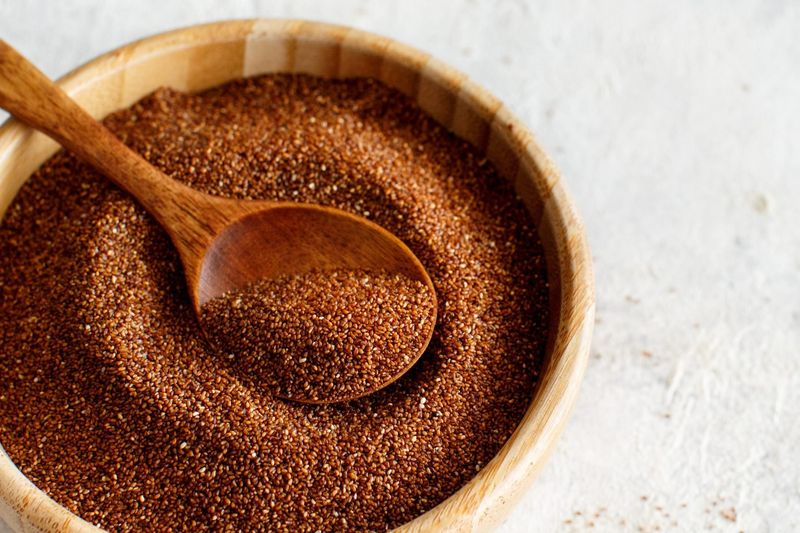
Teff, an ancient grain native to Ethiopia, is loaded with iron, calcium, and resistant starch, promoting gut health. Its small grains are mighty in nutritional content, offering significant health benefits.
Teff is often used to make injera, a traditional Ethiopian flatbread, adding cultural richness to its appeal. The grain’s versatility and nutrient density make it a valuable addition to diverse diets. By incorporating teff into meals, one can enjoy both taste and health benefits, celebrating its rich heritage.
20. Acai Berries (Brazil)
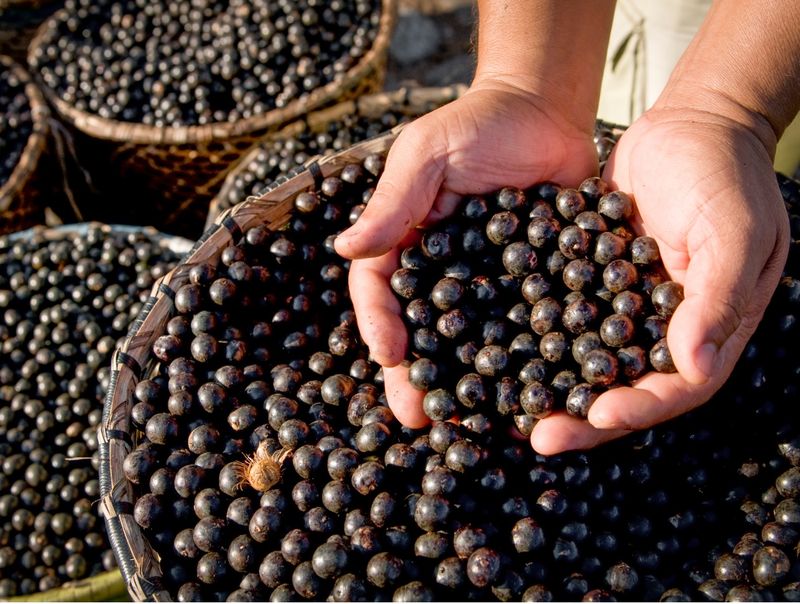
Acai berries, small fruits from Brazil, are renowned for their rich antioxidant content. These berries support skin health and fight inflammation, making them a popular choice in the health community.
Often found in smoothie bowls and juices, acai offers a unique flavor that pairs well with various ingredients. Its growing global popularity highlights the trend towards incorporating diverse superfoods into daily diets. By enjoying acai berries, one can enhance nutritional intake naturally and deliciously, embracing the tropical flavors of Brazil.
